Welcome to the world of homemade pickles! If you’ve ever wondered what makes a pickle truly memorable — crisp, tangy, and packed with flavor — the secret is often found in the spices. A great pickling spice recipe can elevate your pickles from basic brine-soaked cucumbers to culinary delights.
In this article, we’ll walk through everything you need to know about crafting the perfect pickling spice blend. Whether you’re a seasoned home canner or just dipping your toes into the art of fermentation, you’ll find useful tips, a handy ingredient comparison table, and even some product recommendations for top-tier spices that will take your pickles to the next level.
Table of Contents
- What Is Pickling Spice?
- Why It Matters in Your Pickles
- The Ultimate Pickling Spice Blend: Ingredients Explained
- How to Use Pickling Spice in Your Recipes
- Spice Comparison Table: Flavor Profiles & Best Uses
- Buying Guide: How to Choose the Best Spices for Pickling
- Final Thoughts

What Is Pickling Spice?
Pickling spice is a carefully curated mix of aromatic herbs and spices designed to enhance the flavor of preserved foods — especially pickled vegetables like cucumbers, beets, carrots, and onions. While there’s no single “official” formula, most traditional blends include a balance of warm, earthy, and slightly sweet notes that complement the acidic brine.
The beauty of pickling spice lies in its versatility. Some recipes lean more toward dill-forward profiles for classic dill pickles, while others use mustard seeds and cloves to create a spicier, more robust flavor profile. In many ways, pickling spice is the backbone of your pickle jar — it shapes the character of the final product without overpowering the vegetable itself.
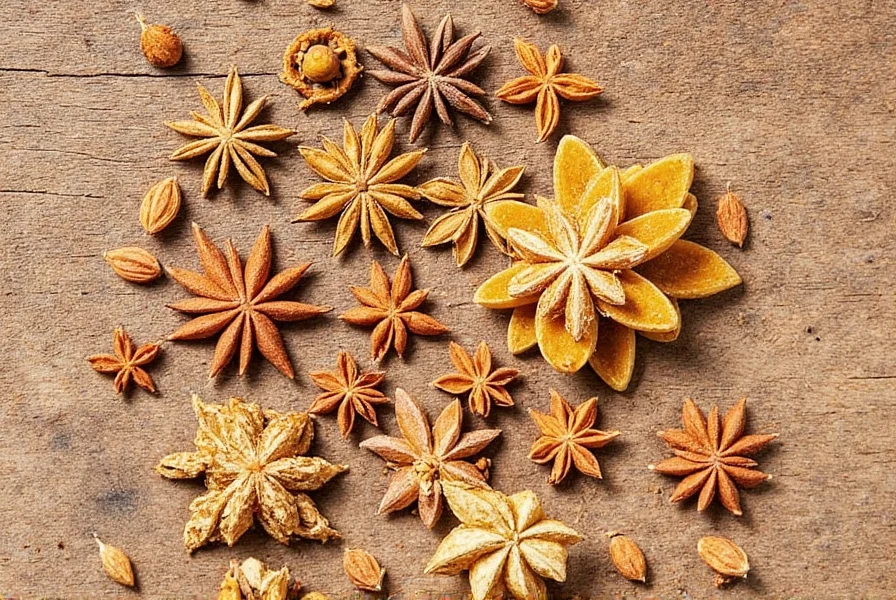
Why Pickling Spice Matters in Your Pickles
You might think that vinegar and salt are the main players when it comes to pickling, but the truth is — the right spice blend can make or break your results. Here’s why:
- Flavor Enhancement: Spices bring out subtle nuances in both the brine and the vegetables.
- Antimicrobial Properties: Many spices, such as mustard seed and cinnamon, naturally inhibit bacterial growth — helpful in preserving your pickles safely.
- Texture Preservation: Certain spices help maintain the crispness of your veggies during fermentation or heat processing.
- Aesthetic Appeal: Whole spices like peppercorns or red pepper flakes add visual interest to your jars.
The Ultimate Pickling Spice Blend: Ingredients Explained
If you're ready to make your own custom pickling spice mix, here's a list of essential ingredients and what each brings to the table:
- Mustard Seeds – Provide a mild heat and sharp bite; excellent at preserving texture.
- Coriander Seeds – Add citrusy warmth and help balance sour flavors.
- Cumin Seeds – Introduce an earthy depth, common in many ethnic pickle styles.
- Dill Seeds – The heart of classic dill pickles; adds herbaceous freshness.
- Fennel Seeds – Slightly sweet and licorice-like; pairs beautifully with garlic and onion.
- Allspice Berries – Sweet and spicy; reminiscent of clove, cinnamon, and nutmeg all in one.
- Cloves – Strong and pungent; used sparingly to add complexity and preserve color.
- Bay Leaves – Earthy and herbal; adds a subtle savory note.
- Black Peppercorns – Adds a gentle kick and enhances overall flavor profile.
- Red Pepper Flakes – For those who love a little heat; optional but highly recommended for bold flavor.
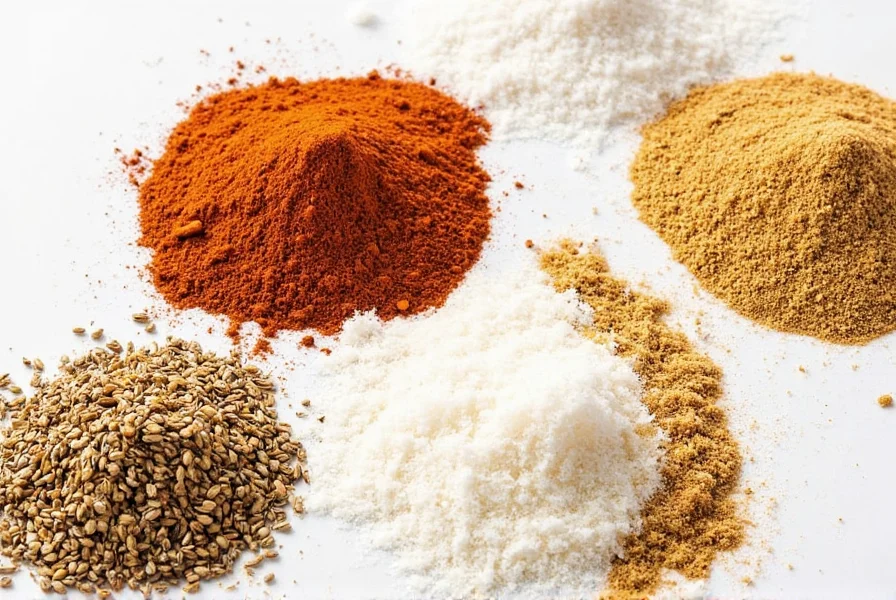
Sample Basic Pickling Spice Recipe (Makes about ¼ cup):
1 Tbsp mustard seeds 1 Tbsp coriander seeds 1 Tbsp dill seeds 1 tsp fennel seeds ½ tsp cumin seeds ½ tsp allspice berries 4–5 whole cloves 2 bay leaves 1 tsp black peppercorns ½ tsp crushed red pepper flakes (optional)
Mix all ingredients well and store in an airtight container. Use about 1–2 tablespoons per quart of brine for best results.
How to Use Pickling Spice in Your Recipes
Now that you've got your pickling spice blend, let's talk about how to put it to work:
- Tie It Up: Wrap the spice mixture in cheesecloth and tie it into a bundle before placing it in the jar. This keeps the spices contained and easy to remove later if desired.
- Bloom the Spices: Heat the brine gently with the spice bundle inside to release the oils and infuse the liquid before pouring over vegetables.
- Layer for Flavor: Place a few whole spices directly into each jar before packing vegetables. This not only looks beautiful but also allows for gradual flavor release during storage.
- Adjust to Taste: Don’t be afraid to tweak the ratios depending on your flavor preferences or the type of vegetable you're pickling.
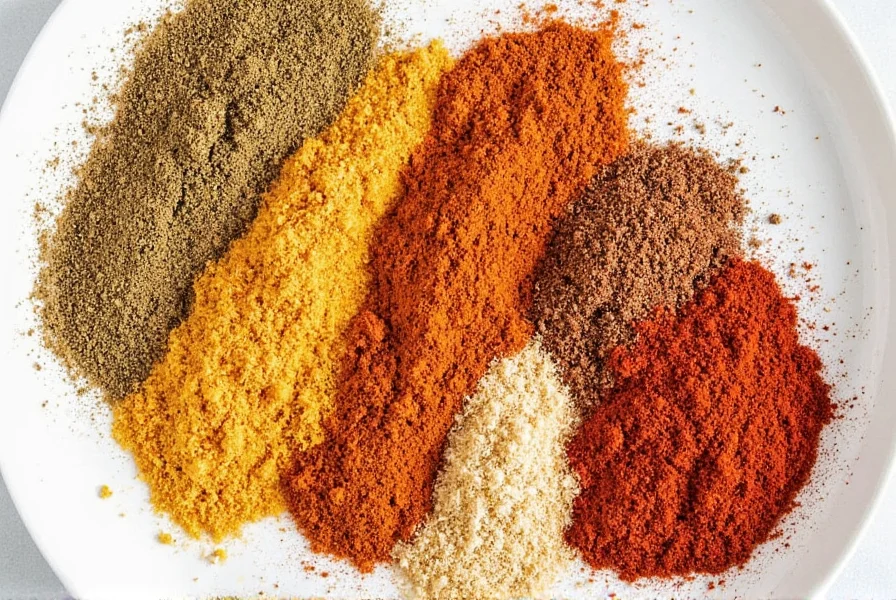
Spice Comparison Table: Flavor Profiles & Best Uses
| Spice | Flavor Profile | Best For | Quantity Per Quart |
|---|---|---|---|
| Mustard Seeds | Sharp, tangy, mildly hot | Classic dill pickles, sauerkraut | 1–2 tbsp |
| Coriander Seeds | Citrusy, earthy, floral | Brined cucumbers, kimchi | 1 tbsp |
| Dill Seeds | Grassy, fresh, herbal | Dill pickles, beet pickles | 1 tbsp |
| Fennel Seeds | Sweet, licorice-like | Sweet pickles, Italian-style giardiniera | 1 tsp |
| Cloves | Strong, spicy, woody | Spiced pickles, holiday preserves | 3–4 whole |
| Allspice Berries | Warm, sweet, clove-like | Caribbean-style pickles, chow-chow | 1 tsp |
| Bay Leaves | Earthy, woodsy | General pickling, meat curing | 1–2 leaves |
| Red Pepper Flakes | Hot, vibrant | Spicy refrigerator pickles | ½ tsp (adjust to taste) |
Buying Guide: How to Choose the Best Spices for Pickling
When selecting spices for your pickling spice recipe, quality matters. Whole spices tend to retain their flavor longer than ground ones, so always opt for whole seeds and berries when possible. Here are a few top products to consider:
1. McCormick Culinary Whole Spice Bundle
- Features: Includes mustard seeds, coriander, dill, and more in resealable pouches.
- Advantages: Commercial-grade quality, affordable bulk pricing.
- Use Case: Perfect for beginners and batch picklers.
- Target Audience: Home cooks and small-scale preservers.
- Occasion: Everyday pickling and pantry staples.
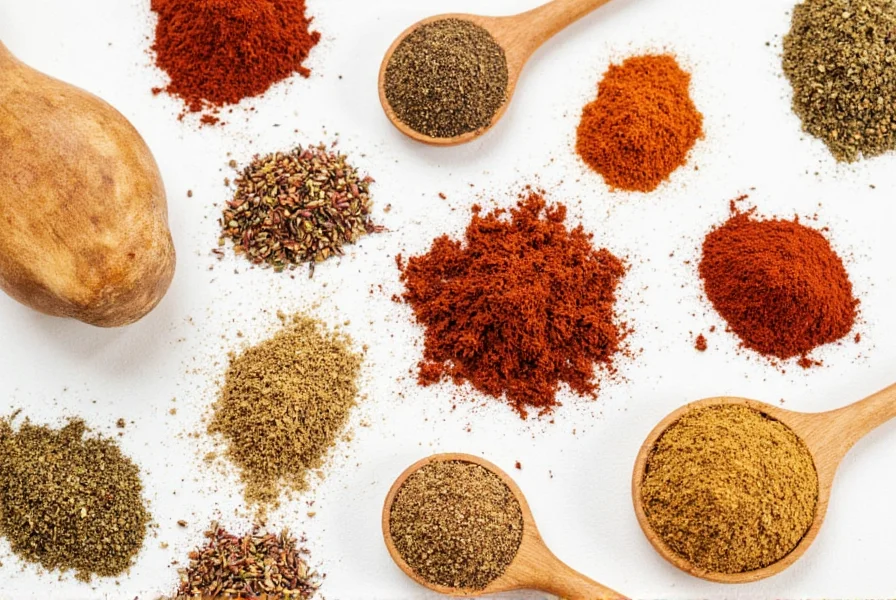
2. Frontier Co-op Organic Whole Spices Set
- Features: Certified organic, non-GMO, sustainably sourced.
- Advantages: Clean label, eco-friendly packaging, rich aroma.
- Use Case: Ideal for health-conscious picklers and organic fermenters.
- Target Audience: Natural food enthusiasts and green-living communities.
- Occasion: Farmer’s market gifts, wellness-focused cooking.
3. Penzeys Pickling Spice Mix
- Features: Pre-mixed blend with customizable additions.
- Advantages: Time-saving, consistent flavor, brand reputation.
- Use Case: Quick pickling projects with reliable results.
- Target Audience: Busy families and beginner fermenters.
- Occasion: Holiday gifting, last-minute preserving.
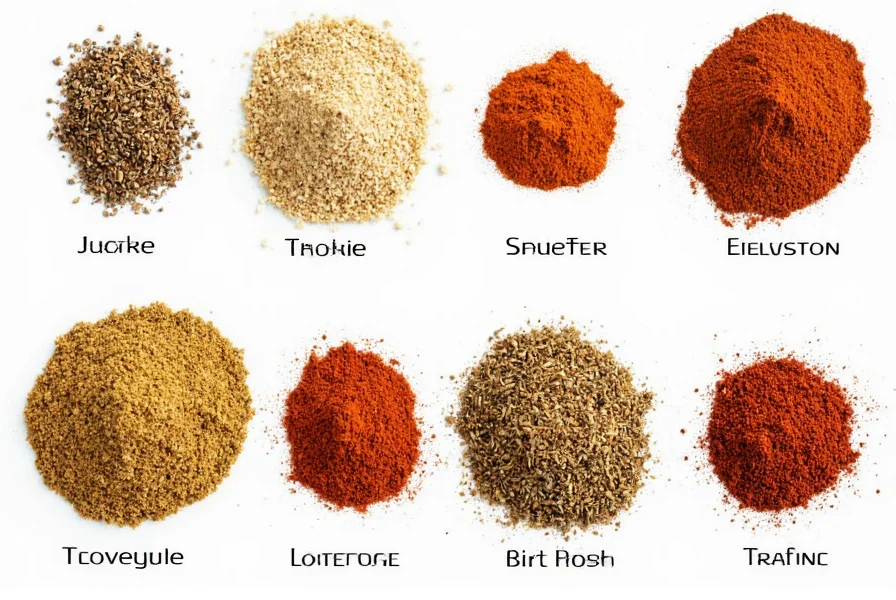
4. Mountain Rose Herbs Bulk Spices
- Features: Fair trade, bulk options available, glass jars included.
- Advantages: Premium quality, supports ethical sourcing.
- Use Case: Long-term storage and serious pickling aficionados.
- Target Audience: Artisan picklers and sustainability advocates.
- Occasion: Specialty projects and heirloom preservation.
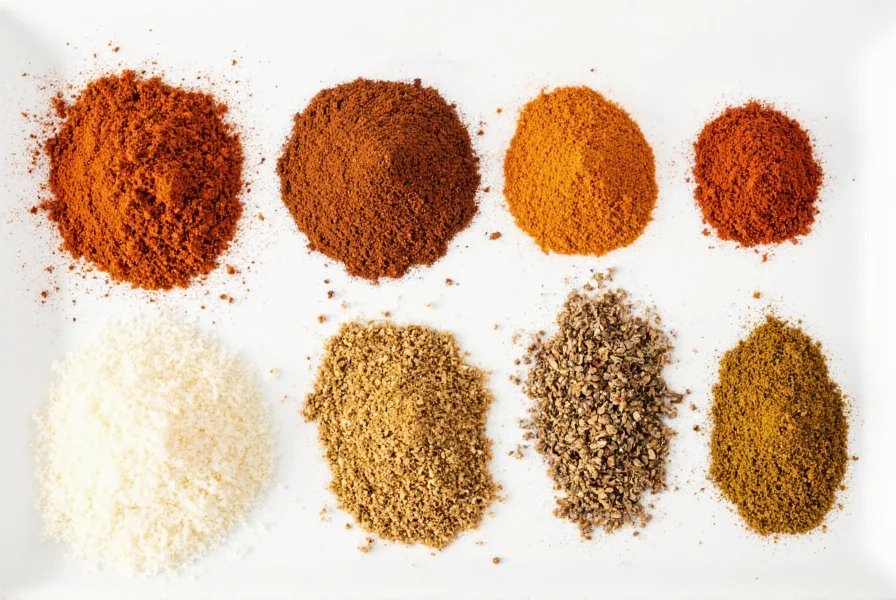
Final Thoughts
Creating your own pickling spice recipe is one of the most rewarding steps in the journey of home preserving. With just a handful of spices, you can craft unique flavor profiles that suit your palate — whether you prefer your pickles zesty and spicy or mellow and aromatic.
Remember, the key to great pickles is experimentation. Try different spice combinations, adjust quantities, and don’t forget to enjoy the process. Once you get comfortable blending your own spices, you'll never go back to store-bought mixes again!
So grab your mason jars, gather your favorite spices, and start pickling your way to flavor-packed perfection. And don’t forget — every jar tells a story, and with the right pickling spice recipe, yours will taste amazing too.
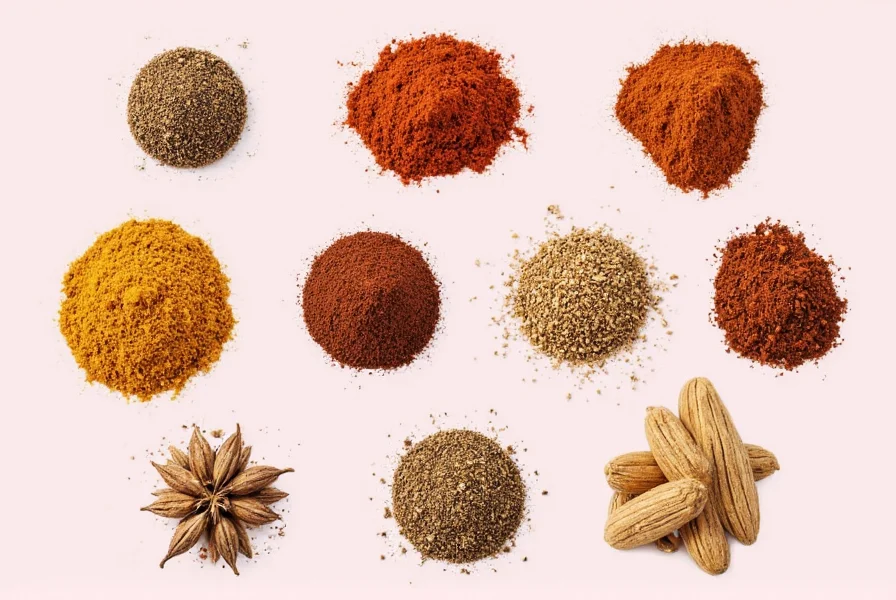
Happy pickling!

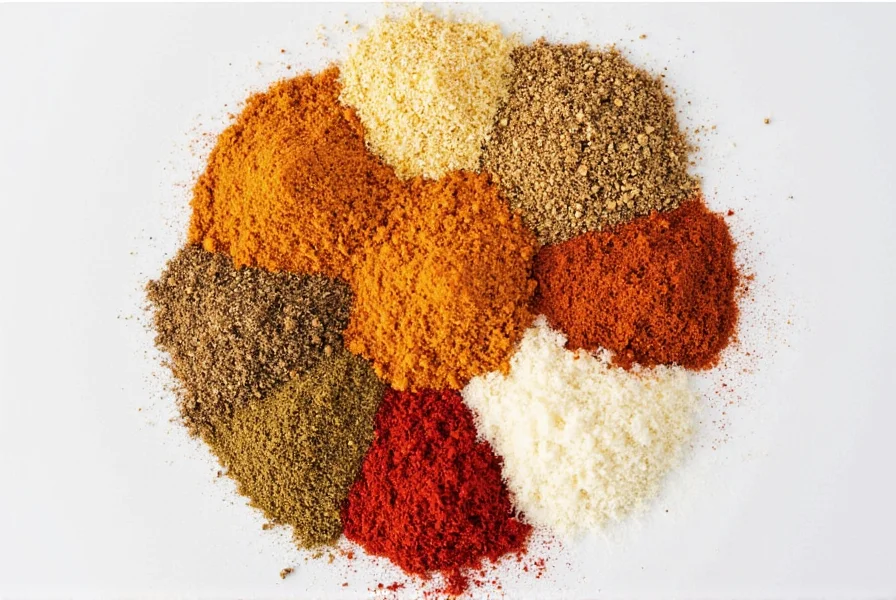









 浙公网安备
33010002000092号
浙公网安备
33010002000092号 浙B2-20120091-4
浙B2-20120091-4